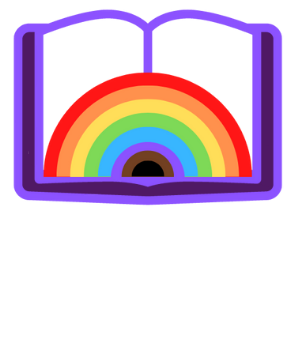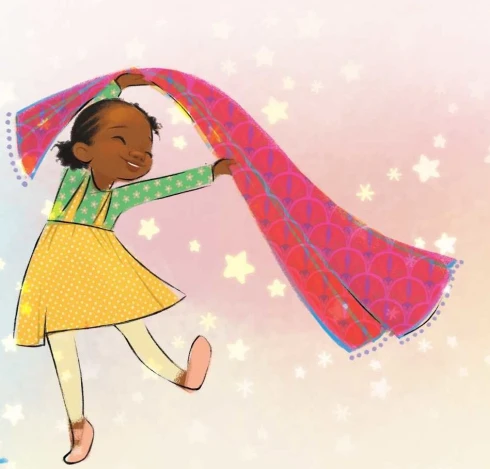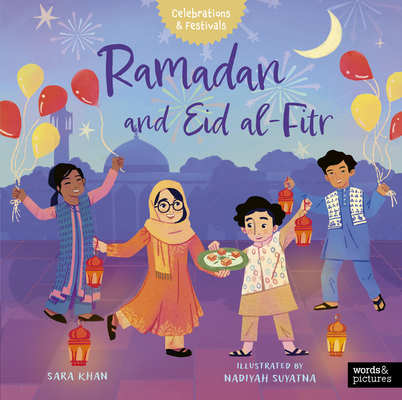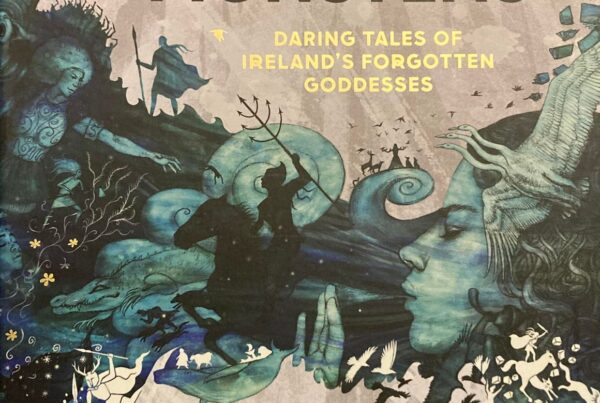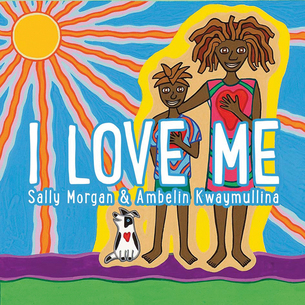Jamilah Thompkins-Bigelow (she/her) interviewed by Solidarity Director, Kate Reynolds (she/they) in consultation with Aya Khalil (she/her), Kidlit In Color co-founder, and DEI consultant at Storytime Solidarity.
We hope you enjoy this first installment of our conversation with Jamilah Thompkins-Bigelow.
”Sharing Muslim stories with people of different faiths and beliefs is so important to me and other Muslim authors. Sharing our experiences, joys, struggles is essential, especially for kids. Aside from learning about our different cultures, food, and words we say, it shows kids that heroes of stories can be Muslim too!
Aya Khalil (She/Her)DEI Consultant at Storytime Solidarity and Co-creator of Kidlit in Color
When I first read MOMMY’S KHIMAR I got goosebumps. As an outsider I had never before understood the joy that could be found in the gorgeous scarves and head coverings. I imagine this book would have landed differently for Muslim readers. Were you writing with these very different audiences in mind?
Well, first, thank you. It means a lot to know my work has impact. If I’m being honest though, I set out to write with Muslim readers in mind. I obviously hoped that other readers would appreciate the book.
However, my main aim was to write the kind of book I would have enjoyed as a child growing up in a Muslim household. By doing so, I gave my permission to let go of the expectations that outside audiences often bring to the concept of hijab.
I wrote about khimars in the way I understood them as a kid without any of the politics or defending or anti-Muslim bigotry that might be expected. I wrote about it and let go of feeling like I needed to explain. While stories that explain and defend hijab are important too, they shouldn’t be the only stories and for me, it was therapeutic to let go of them for that book.
When considering the lack of diversity in children’s books, what did you want to make sure you always had in your books?
It’s important that I simply write, without compromise, my experience. That I don’t write it to the expectations of the mainstream. That I defy preconceived notions of what a Muslim story or a Black story should be and write my notions only.
Bookshelf Rule
I also have what I call my “bookshelf rule” which is that, with each book, I want to put something completely new on the shelves of bookstores or libraries. I want to put a word or concept or way of thinking that I haven’t seen before on to the shelves each time I publish.
In North America, many non-Muslims use the term hijab exclusively. So much so that I learned the word Khimar from your beautiful book. Why did you choose this, somewhat less common term? What, in your opinion, is the primary difference?
This does relate to my bookshelf rule, as well as my not wanting to compromise on telling my experiences authentically. Both the words “hijab” and “khimar” are Islamic words that come from our scriptures.
Hijab vs. Khimar
Hijab is a concept–the idea of covering the full body–although it is used colloquially as the head scarf. Khimar specifically means head scarf. So, I observe hijab when I put on a khimar.
Blackness and Islam
Growing up in Black communities, we almost always said the word “khimar.” Even non-Muslim Black people knew and used this word and continue to do so. It was only with the influx of immigrant Muslims from South Asia and the Arab world that Black Muslims started hearing the word “hijab” more.
I remember this in the late 90s and early 2000s, and I remember thinking the word “khimar” was wrong and trying to speak like Arabs. “Khimar” is in the Quran, yet I felt shame that I used that word!
At the time, there was a feeling that we weren’t authentic enough, and our Muslimness wasn’t equal. We had laid down the groundwork and established Muslim communities, but we felt like the inauthentic American Muslims.
We were internalizing the anti-Blackness from our faith communities and internalizing mainstream messages that to be Muslim meant to be immigrant and immigrant from only certain places. “Elegy for the Khimar” is a lovely poem by scholar-activist-poet Dr. Suad Abdul Khabeer that describes this experience.
Remember when khimar was
what mama called it,
what baba called it,
and I hid it
under a non-Maghrebi accent
so the masjid folk would leave me alone.
Remember when we used to match our khimars to our outfits for Eid
When we all prayed on the same day, at the same spot?
Then go eat halal beef bacon, homefries and eggs.
Brothers and sisters would eat all together with their families
A minority inside a minority.
We organized our makeshift ranks without problem.
Some khimars wrapped in buns while others hung below shoulders.
On that day, we left our fiqh differences where we left our shoes – at the door.
When every Friday we’d eat bean soup for dinner
Daddy would pick up a coupla slices of bean pie,
and a Muslim journal on the way out the door.
When we had friends in the MGT drill team and thought those sistars were fly and we weren’t ashamed to claim them as part of our community
When we had the Riyaadah fashion shows and everyone came dressed to impress, khimars and headwraps rising and defying gravity with not a jilbab in sight.
From Elegy for Khimar
A Note From Ms. Kate (The Lavender Librarian)
MOMMY’S KHIMAR changed me. I’m often changed by picture books. Suddenly, I see hijabs–maybe I should say “khimars”–with brand new eyes. It was the first time I understood that a head scarf is often a thing of beauty and pride. The first time I saw that a child might see the scarves as objects of awe. I love any book that shakes up my worldview in this way.
I hope that you will go on to read all of Jamilah Thompkins-Bigelow’s beautiful books and to make sure that your library includes all of them in your collection. And that you’ll support the many authors who form Kidlit in Color; authors who write books I still carry. And whose books will open the minds, not only of children, but of the adults who are privileged to read to them.
Thank you, Jamilah. For bringing us books that improve the quality of any bookshelf. The work that you do matters more than you can ever know. The world is a better place because of your beautiful books.
In Solidarity,
Kate (She/They)

